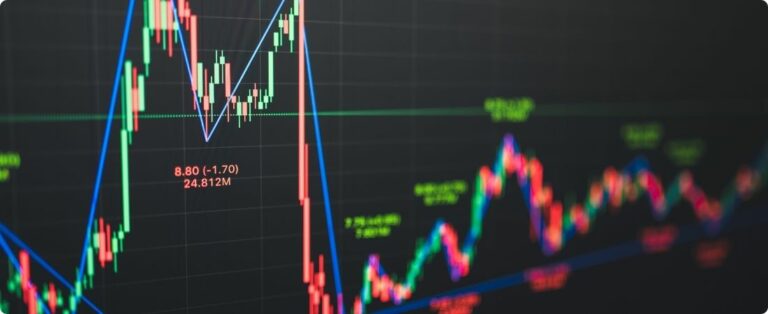
El Niño. The action of this climate phenomenon will predominate in the 2023/2024 agricultural harvest, which is approaching planting, and could bring with it major phytosanitary challenges for farmers in different regions of the country. The expectation is that there will be irregular periods of rain and higher temperatures, creating an environment conducive to the greater presence of insects and fungi that harm crops.
Leandro Valerim is an agronomist and holds a master's degree from USP. He is insecticides manager at UPL Brasil. He explains that with El Niño, the South and Southeast regions of Brazil tend to have more rain. In contrast, parts of the North and Northeast face severe droughts and high temperatures, favoring dry periods and increased pressure from sucking insects.
Impact of El Niño on crops and agricultural commodity prices: Threats from pests and climate variations challenge agriculture
This climate variation can increase pressure caused by insects, such as bedbugs and whiteflies. These sucking pests have the potential to generate losses exceeding 30% in soybean cultivation, for example, according to the Brazilian Agricultural Research Corporation (Embrapa). The problem, however, is not limited to this crop, and can affect corn, cotton and beans, as well as different varieties of vegetables, legumes and fruits.
Marcelo Figueira, fungicide manager at UPL Brasil, highlights that the El Niño phenomenon is impacting the harvest (23/24). This results in changes in weather patterns. Researchers from INMET and EMBRAPA confirm an increase in rainfall, temperatures and changes in relative humidity.
In El Niño years, there is more rain in specific areas, such as in the south of the country, and temperatures rise. On the other hand, in the North and Northeast, there is a tendency towards severe drought, while in the Central-West and Southeast, average temperatures increase and the distribution of rainfall becomes irregular.
Friday (22) begins with international future soybean prices operating in the positive field of the Chicago Stock Exchange (CBOT). In conclusion, the main prices fluctuated in the range between US$ 12.99 and US$ 13.35 at around 7:59 am (Brasília time). Furthermore, November/23 was quoted at US$ 12.99 with an increase of 5.50 points, January/24 was worth US$ 13.17 with an increase of 6.75 points, March/24 was traded at US$ 13, 28 with an increase of 6.25 points and May/24 had a value of US$ 13.35 with a gain of 5.75 points. Therefore, the soybean market was performing positively at that time. To avoid economic losses and maintain high productivity, experts suggest investing in effective technologies against insects and fungi.
Source: Notícias Agrícolas















